Is Chocolate a Healthy Treat? (And a recipe for you!)
Is chocolate healthy? Here are some surprising facts about chocolate.

You’ve probably heard chocolate being promoted as a health food because of its flavonoids and antioxidants content.
It is true that cocoa comes from a plant, and this plant – the cacao plant – is a source of phytochemicals. However, cocoa and chocolate also contain many harmful chemicals including phenylethylamine, theophylline, theobromine, and caffeine that produce several negative effects in the body greatly outweighing the positive.
Chocolate’s Negative Health Effects
These chemicals alter cerebral blood flow, stress the kidneys, the adrenals, and the liver, contribute to lower bone density, cause a loss of vitamin B and vitamin C in the body, increase the risk of diabetes, aggravate PMS, can cause migraines and mood swings, and often contribute to weight gain. Chocolate also contains allergy-producing antibodies.
And above every other concern, perhaps, is the fact that chocolate is addictive. Some make light of the addictive nature of chocolate, but really, do you want a food to control you?
But what about chocolate’s health benefits?
But we often hear that chocolate is healthy and it offers many health benefits.
Consider this:
Tobacco has also been shown to offer some health benefits. Smoking eases the symptoms of ulcerative colitis, and nicotine seems to protect against the development of Parkinson’s disease. But without a doubt, there are enough negative effects of tobacco – such as increased risk of cancer and tobacco’s addictiveness – to make me not want to start smoking.
The same for chocolate. Chocolate may offer some nutrients, but its health risks are greater than its benefits.
What about those healthy phytochemicals?
One reason why it is said that chocolate is healthy is that it contains phytochemicals.
However, the same good-for-you phytochemicals found in chocolate are also found in abundance in fruits, vegetables and whole grains.
In fact, there are many healthy foods that are good sources of catechins – the flavonoid found in cocoa. Blackberries offer a delicious 54 mg catechins per serving …
and beans a whopping 100 mg catechins per serving!
In comparison, chocolate contains only 25 mg catechins per serving.
Apples, pears, onions, and cherries are also all good sources of this flavonoid. And they all come without the negative effects of chocolate.
And of course, all plant foods — fruits, vegetables, beans, nuts, seeds, and grains — are great sources of antioxidants.
I can’t live without chocolate!
You have to try this recipe for Peanut Butter Carob Balls!!! I’ve had several carob-haters try these and love them.
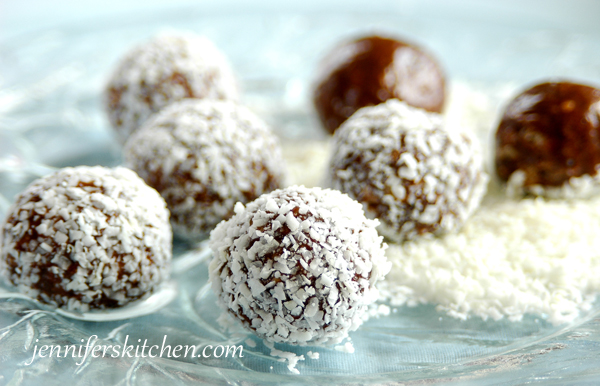
Although it doesn’t taste like chocolate, carob can serve as a delicious and super nutritious alternative to chocolate since it doesn’t contain any of the harmful chemicals that chocolate does.
What is Carob?
Carob comes from the carob tree, an evergreen tree native to the Mediterranean region and the western part of Asia. The carob pods, which grow on the tree, are roasted and ground into carob powder.
Is Carob Good for You?
Nutritionally, carob contains as much vitamin B1 as asparagus or strawberries, the same amount of niacin as lima beans, lentils or peas, and more vitamin A than eggplant, asparagus and beets. It is also high in vitamin B2, magnesium, iron, phosphorus, and calcium. In fact, carob powder has more than three times more calcium than cocoa.
Is Carob Better for You Than Chocolate?
Carob has none of the allergy-producing antibodies found in chocolate. It is also free from caffeine, phenylethylamine, theophylline, and theobromine which are found in chocolate. And carob does not increase the risk of diabetes, obesity, and mood swings like chocolate.
And, unlike chocolate, which requires a large amount of sugar to mask its bitter taste, carob is not bitter.
Although carob tastes different than chocolate, it is a delicious and healthful alternative to chocolate or cocoa powder in many recipes.
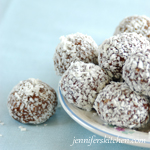
No-Bake Peanut Butter Carob Balls
Ingredients
- 1/4 cup pure maple syrup - scant
- 2 tablespoons raw sugar
- 2 tablespoons roasted carob powder
- 1/2 teaspoon Teeccino Vanilla Nut Naturally Caffeine-Free Herbal Coffee Granules - optional, but makes these taste amazing!
- 1/2 teaspoon vanilla
- 1/2 cup natural (no sugar-, no oil-added) creamy peanut butter - see note
- 1 cup crispy rice cereal - more or less depending on the consistency of your peanut butter
- 1/2 cup unsweetened, very finely shredded coconut - see note
Instructions
- Place all ingredients except rice cereal and coconut in food processor and blend until smooth.
- Add rice cereal and process just until mixed (or mix in cereal by hand). Use about 7/8 cup if your peanut butter is thick; use 1 cup if your peanut butter is thin; use 1 cup plus 1 tablespoon if your peanut butter is very thin. Don’t over process or cereal will be crumbly. Mixture should be very thick.
- Using approximately 2 teaspoons of mixture at a time, form into balls. (I use my small cookie scoop for this for this.)
- Roll in finely shredded coconut and place on wax paper. Freeze before serving.
Notes
>> One quick request: if you like this recipe, please leave a rating and a comment. Ratings help more people find these healthy recipes!
Want More?
For more healthy and delicious recipes like this one that will simplify your journey to a healthier and thinner you, check out my
More Carob Recipes
Would you like more carob recipes? Here are some of my favorites:
Hope you have a great week!!
You my also like:
Before you go . . .
Did you know that you can eat all this delicious food AND lose weight? You can!
No calorie counting. No portion sizes.
Join my online weight loss program today!

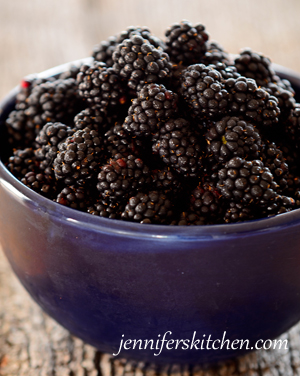
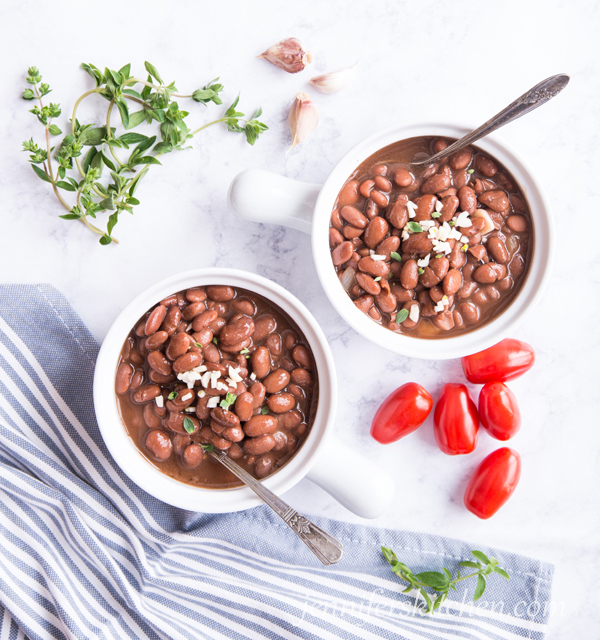

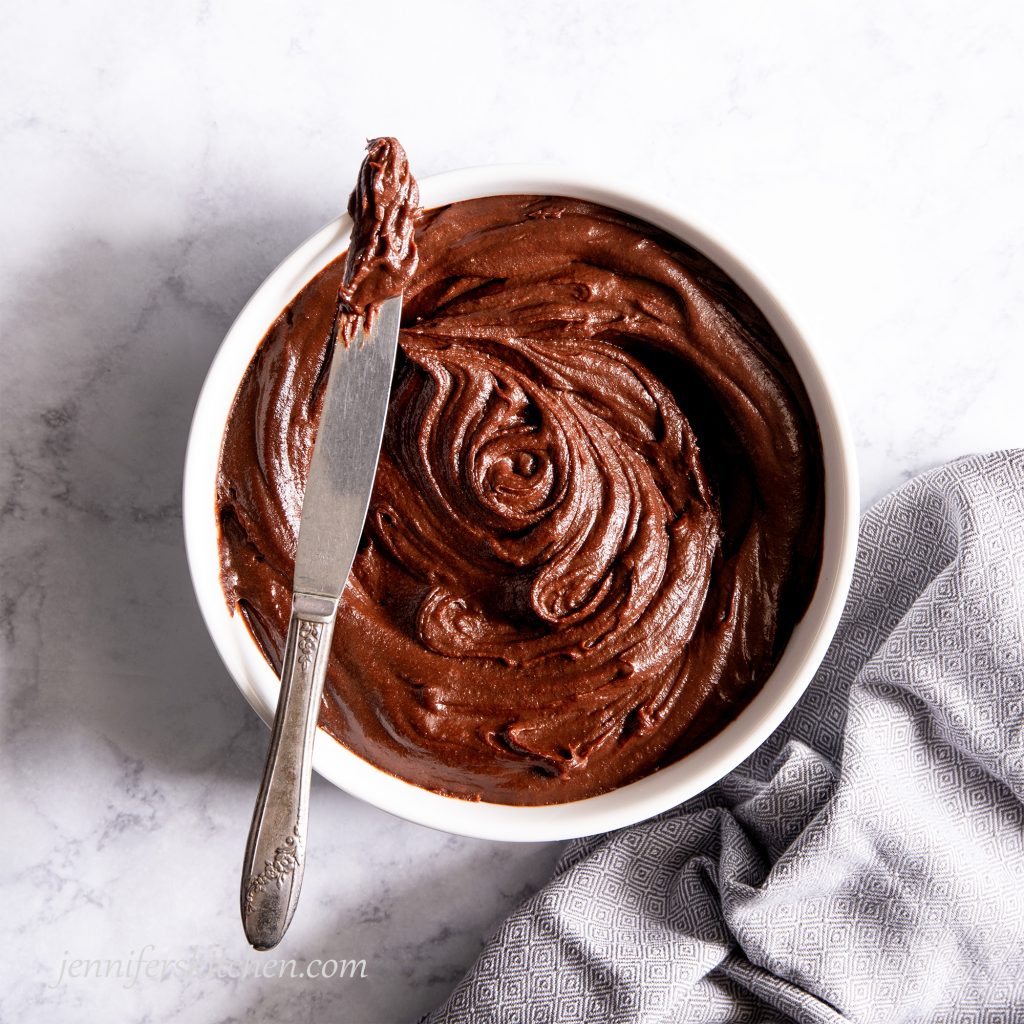

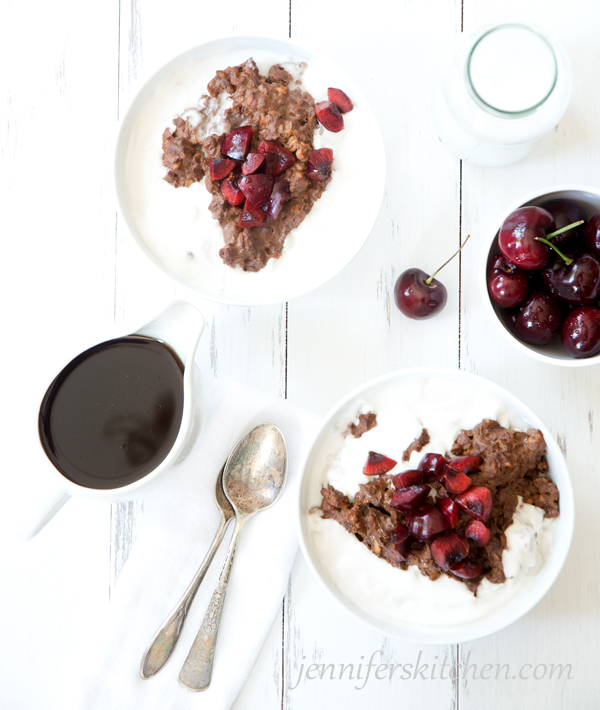

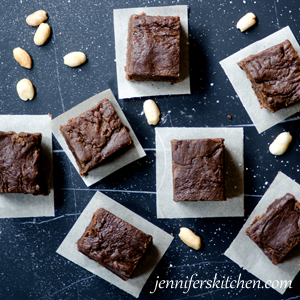
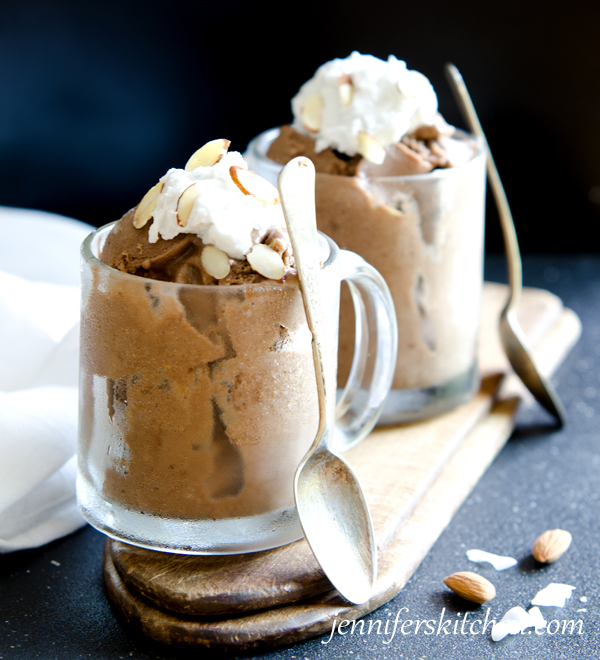

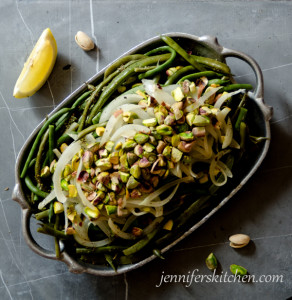
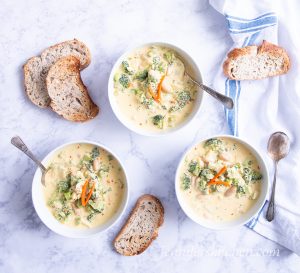

Yes, more carob recipes 🙂
I have a carob smoothie recipe coming very soon! Its sooo delicious. 🙂 And then I’ll post a carob oatmeal breakfast recipe in the fall.
Chocolate (cacao powder) is very good for you
While cacao does have flavonoids and antioxidants, it also contains several harmful chemicals including phenylethylamine, theophylline, theobromine, and caffeine.
Research shows that cacao can cause migraines, contribute to lower bone density, stress the adrenals, lead to kidney stones, and cause other health issues.
There are safer ways to get the flavonoids and antioxidants found in cacao – fresh fruits, vegetables, and legumes offer these nutrients without the health risks of chocolate.
Quick question. Is the vanilla nut teecchino brewed tea or dry loose tea?
It is dry
I can’t thank you enough for this article on chocolate. It was so balanced, well written and just plain encouraging. I recommit myself to not eating chocolate any more. I praise God for your magazine, your article and your talent.
Thank you so much for your comment, Randy. 🙂 I praise God for your commitment to taking care of your health. 🙂